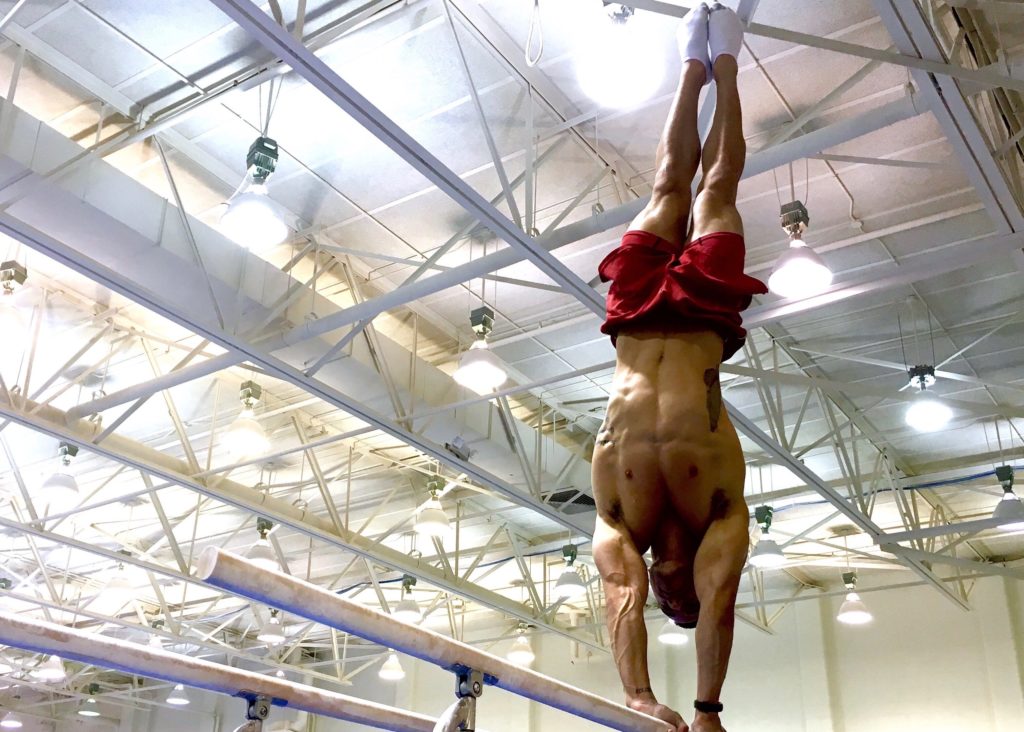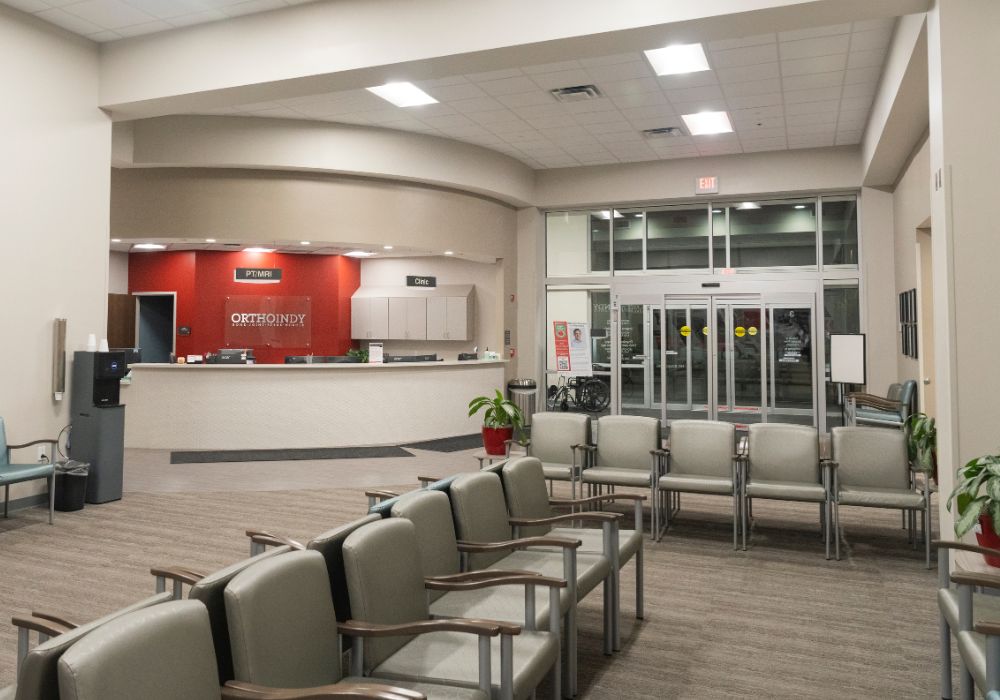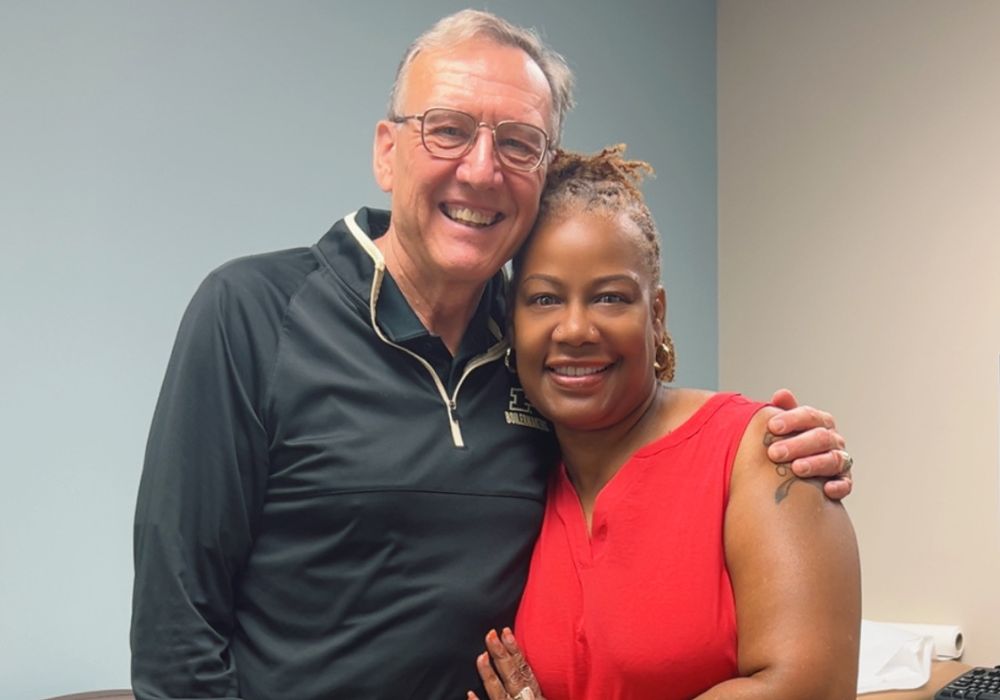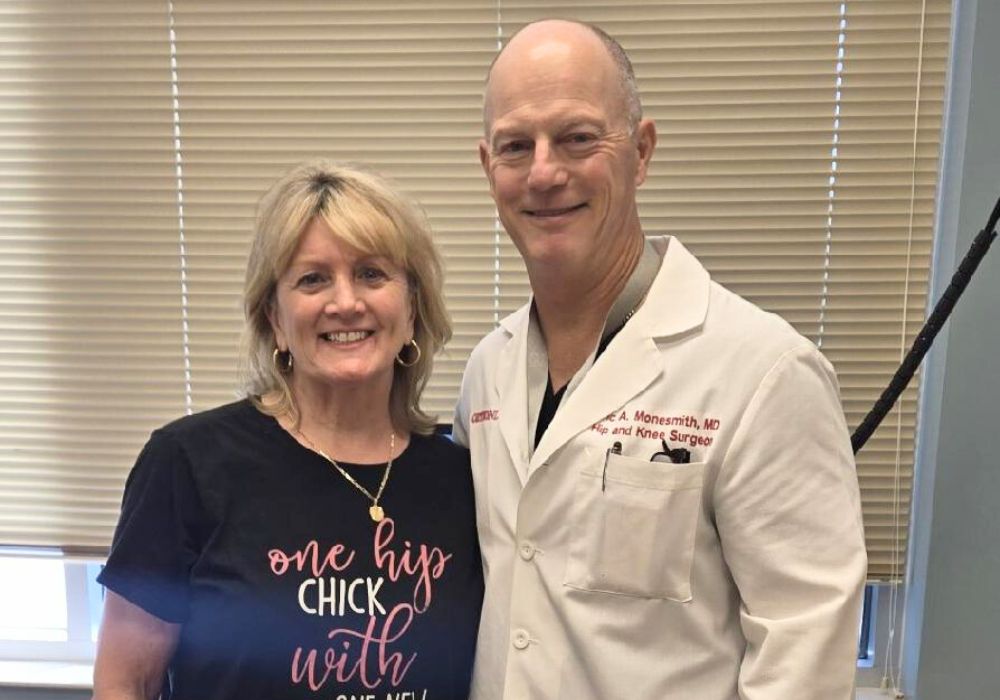THIS ARTICLE IS PART OF THE ULTIMATE GUIDE TO SPORTS MEDICINE
Jake Dalton, had an exceptional career in gymnastics. As a two time Olympian, World Championships medalist, Jake is always determined to compete at the highest level.
Early in Jake’s childhood, he loved playing baseball, and his coach suggested that he try gymnastics in order to build up his pitching arm and overall strength. Eventually, he developed a passion for gymnastics and his parents decided to buy a gym where his sister and he could work out and receive the best training possible.
Jake’s dedication and training earned him a scholarship to the University of Oklahoma. Jake enrolled at the University of Oklahoma in 2009, where he won four NCAA titles, including the 2012 all-around title and multiple US National Championships in vault.
His accomplishments didn’t stop there. He has won one silver and three bronze medals at the World Championships and also made appearances in the London 2012 Olympic Games and the Rio 2016 Olympic Games. Despite his very successful career, an injury put his Olympic return to Rio in doubt. One day in 2015, he was training, and intense pain began to overtake his left shoulder leaving him with limited movement. Jake was in shock because he had not been experiencing any pain prior to that day. The pain left it almost impossible for him to train.
Jake decided to visit Dr. Stephen Kollias, OrthoIndy sports medicine surgeon. He was referred to OrthoIndy by the staff of USA gymnastics because of OrthoIndy’s experience with elite athletes and their successful recovery.
The diagnosis
“Jake had a SLAP tear with a large ganglion cyst pressing on the suprascapular nerve and the EMG showed that the nerve was actually damaged,” said Dr. Kollias. “This not only caused pain but also dramatic weakness which mimicked a large rotator cuff tear.”
In a SLAP (superior labrum anterior to posterior) injury, the top (superior) part of the labrum is torn away from the glenoid bone, the socket of the shoulder. A labral tear occurs both in front (anterior) and back (posterior) of this attachment point, which is where the biceps tendon is anchored to it as well.
Labral tears can be caused by acute trauma such as a fall, aggressive throwing, tugging or pulling motions. A ganglion cyst can form in a small amount of these injuries and cause pressure on the suprascapular nerve mimicking a rotator cuff tear because of the weakness caused by pressure on the nerve which innervates rotator cuff.
Dr. Stephen Kollias determined that Jake needed to undergo arthroscopic surgery to repair his labrum and decompress the cyst.
Labrum tear surgery
SLAP tear surgery may be necessary if your pain causes disability and is not relieved with nonsurgical methods such as physical therapy, icing, taping, activity modifications and non-steroidal anti-inflammatory medications.
Surgery is done arthroscopically (using a camera and instruments through small skin incisions). After visual inspection of the entire inside of the shoulder joint, the labrum is evaluated arthroscopically to confirm the tear.
First, the bone (glenoid) that the labrum attaches to is prepared with the use of a burr to stimulate stem cells which promote the healing response. Suture anchors, with high strength sutures are then placed in the top (superior) aspect of the glenoid (socket) adjacent to the tear. The sutures are then passed through the torn labrum and knots are tied on the soft tissue side to secure the labrum to the bone.
After shoulder surgery
Jake’s shoulder injury left him unable to compete in the P&G National Championships in 2015, but he was committed to getting his normal back. He returned after his successful surgery in 2016 for the US Olympic trials not only to compete but to qualify again for his second Olympic games in Rio.
“Labral repairs in general are a six to nine month recovery to get back to full activity, and follow a post operative rehabilitation program to optimize a patient’s recovery,” said Dr Kollias.
After the surgery, Jake explained how his family and friends could tell how determined he was to get back to gymnastics. “I was pretty much back to being myself again about six or seven months after surgery,” said Jake. “I tried to recover as fast as possible to try and make the Olympic team. I ended up making it and being one of the five who did and that was my goal.”
“Jake was extremely easy to work with from his initial evaluation to his final release back to full activity,” said Dr. Kollias. “His dedication to gymnastics, his family and his faith led him to having a great result. He truly is a positive force as evidenced by him being such a great teammate and family man.”
It has now been almost two years since Jake’s surgery. “Reflecting back, it was a hard experience, but you will appreciate it once you are back to full health and just keep your mind on the goal ahead of you,” said Jake.
After retiring from gymnastics in 2017, Jake competed in American Ninja Warrior exemplifying his competitive nature. From childhood dreams to Olympic hero and ninja warrior, Jake did not let an injury, surgery or the recovery process derail his desire to achieve.
“I had a great experience with everyone I came in contact with,” said Jake. “They were very helpful and genuine every time I was there. I want to give a big thank you to everyone at OrthoIndy for helping me achieve my dreams!”
To make an appointment with Dr. Kollias, please call 317.802.2817 or learn more about sports medicine at OrthoIndy.
Schedule an appointment
Your well-being is important to us. Click the button below or call us to schedule an appointment with one of our orthopedic specialists. If your injury or condition is recent, you can walk right into one of our OrthoIndy Urgent Care locations for immediate care. For rehabilitation and physical therapy, no referral is needed to see one of our physical therapists.





